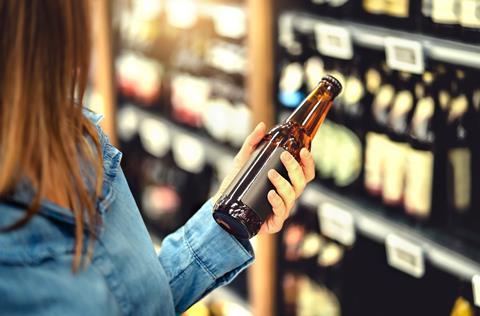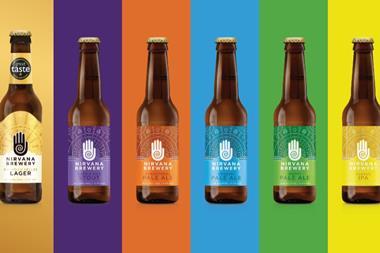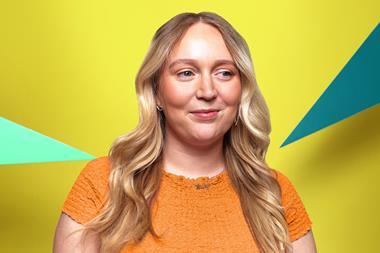
Dry January, February Fast, Parched March, and now, Sober October. The number of months we’re looking to go without alcohol is steadily increasing.
Despite British pub culture, the UK stands out as one of the world’s most dynamic markets for low & no-alcohol beverages. Sober curiosity has been steadily increasing post-pandemic: online search interest of “mocktails” and “low-alcohol beer” has grown 50% and 35% respectively in the last 12 months.
Overall, 60% of British adults either do not drink alcohol or have reduced their intake in the last 12 months [Mintel]. This poses a considerable threat to the alcoholic drinks sector, giving significant opportunity to 0.0% alternatives.
Unsurprisingly, gen Z is the demographic spearheading the low-alcohol movement. Overall, 26% of the generation is now teetotal versus 17% of millennials and gen X [GWI Wellness Trends]. Health and wellness concerns are a key driver for this group. Our Think with Google research has shown 70% of gen Z describe binge drinking as a “very risky” activity, and 41% associate alcohol with being detrimental to their mental wellbeing.
Lately, economic motivations have come into play too. With the freeze on alcohol duty lifted in August 2023, the cost of alcoholic drinks is now expected to rise considerably faster than the past three years. This means there are significant opportunities for alcohol-free drinks, if they can overcome perceptions that they are overpriced.
At the same time, there are opportunities for premium low & no brands. Analysis by IWSR found premiumisation is now driven by a broader base of “mass affluent” consumers. Those with lower levels of debt and secure employment that are providing increasing opportunities for premium brands.
This is reflected in search terms like “best zero-alcohol beer”, which has spiked 350% over the past 12 months, while general searches around “zero beer” climbed 24% in 2022 and 35% in 2023.
There are some hurdles to overcome, though. There is a job to do in convincing consumers the taste of low & no options is similar to their alcoholic equivalents. Mintel studies show 28% of current drinkers would buy low & no-alcohol, or buy them more often, should these beverages deliver on flavour.
Currently, low & no-alcohol brands are losing out to cheaper soft drinks on many drinking occasions due to taste perceptions. That makes it all the more important to highlight flavour improvements.
Brands should market the product as a lifestyle or occasion drink that offers a more interesting or special drinking experience than soft drinks, and explore food pairing or occasion pairing suggestions to drive consumption frequency. They can also stay relevant by deploying emotion-led marketing, portraying low-alcohol as a guilt-free alternative.
To truly succeed, low & no brands need to align with mindful drinking messages to appeal to the UK’s sober curiosity and find emotive ways to become a welcomed addition to British drink culture.



















No comments yet